Buying a camera can feel overwhelming with all the technical terms thrown around. You see “DSLR” mentioned everywhere but might not know what does DSLR mean why it matters. Many people skip learning the basics and end up with equipment that doesn’t fit their needs.
We’ll clear up the confusion about DSLRs in simple terms. This blog breaks down what DSLR actually stands for, how these cameras work, and the main benefits they offer over other options.
By the end, you’ll understand what makes DSLRs special, who they’re best for, and whether you should consider getting one. No complicated jargon just straightforward information to help you make better photography decisions.
What Does DSLR Mean?
Are you confused about what does dslr mean? Well then, we have the answer for you. DSLR stands for Digital Single Lens Reflex.
- “Digital” means the camera captures images as digital files instead of on film. This lets you see your photos right away and store thousands on a memory card.
- “Single Lens” tells us that one lens is used for both viewing and taking photos. This gives you exactly what you see through the viewfinder.
- “Reflex” refers to the mirror system inside. When you look through a DSLR, a mirror shows you what the lens sees. When you press the button, this mirror flips up, allowing light to hit the digital sensor instead of going to your eye.
DSLRs became popular because they combined the best of film cameras with digital technology. They offer quick response, optical viewfinders, and the ability to change lenses for different types of photography.
Key Components of a DSLR Camera
Now that we know what does DSLR mean, let’s take a look at the key components of the camera. A DSLR (Digital Single-Lens Reflex) camera is a powerful photography tool widely used by professionals and enthusiasts alike.
It combines a mechanical mirror system with digital imaging, offering superior control over exposure, focus, and image quality. Understanding its components helps users maximize their creative potential and technical output.
Here’ a table outlining the Key Components of a DSLR Camera:
| Component | Description |
|---|---|
| Lens | An interchangeable part that focuses light onto the image sensor. |
| Image Sensor | Captures the image; comes in various sizes like APS-C or full-frame. |
| Mirror | Reflects light from the lens into the optical viewfinder before a photo is taken. |
| Optical Viewfinder | Shows a real-time image through the lens using the mirror system. |
| Shutter | Opens and closes to expose the sensor to light, determining image brightness. |
| Aperture | An adjustable opening in the lens that controls the amount of light entering. |
| ISO Control | Adjusts the sensor’s sensitivity to light, impacting exposure and noise levels. |
| LCD Screen | Used for menu finding, reviewing images, and in some models, live preview. |
| Mode Dial | Allows selection of different shooting modes like Auto, Manual, or Shutter Priority. |
| Battery Compartment | Houses the rechargeable battery powering the camera. |
| Memory Card Slot | Stores digital photos and videos captured by the camera. |
Pros and Cons of Using a DSLR Camera
DSLRs have long been the tool of choice for serious photographers. These cameras offer a mix of quality and control that many find essential. But they come with tradeoffs that might not work for everyone.
Pros of DSLR Camera
- Image quality is excellent with larger sensors that capture more detail and work better in low light
- Battery life lasts longer, often 800+ shots per charge, compared to 300-400 for mirrorless cameras
- Optical viewfinders show exactly what you’ll capture with no lag or electronic interference
- Vast selection of lenses available for nearly any type of photography
- Rugged build quality that can handle rough conditions and weather
Cons of DSLR Camera
- Size and weight make them bulky to carry, especially with multiple lenses
- A loud shutter sound can be noticeable in quiet settings
- Video capabilities often lag behind newer camera technologies
- Learning curve can be steep for beginners
- Moving parts mean more potential mechanical failures
Different Types of DSLR Cameras
Just understanding what does DSLR mean is not enough; there are many types of cameras that one needs to learn about before buying one for themselves. DSLR cameras come in various types tailored to the skill level, purpose, and shooting conditions of the user.
Here’s a detailed look at each type with specific model examples.
1. Entry-Level DSLR Cameras
Entry-level DSLRs are designed for beginners and casual users.
They offer user-friendly features, automatic shooting modes, and simplified interfaces, all while delivering far better image quality than smartphone or compact cameras. These cameras are lightweight, affordable, and perfect for learning the basics of photography.
DSLR Cameras for Beginners:
- Canon EOS Rebel T7 / 2000D
- Nikon D3500
- Canon EOS Rebel SL3 / 250D
- Nikon D5600
2. Mid-Range DSLR Cameras
These DSLRs are aimed at enthusiasts who want more control and better performance. They offer advanced autofocus systems, faster burst shooting, and more customization.
With better image processors and compatibility with a wide range of lenses, they provide a great bridge between beginner and pro-level gear.
DSLR Cameras:
- Canon EOS 90D
- Nikon D7500
- Pentax KP
- Canon EOS 77D
3. Professional DSLR Cameras
Built for experienced photographers, professional DSLRs offer superior image quality, high-resolution sensors, robust build, and top-tier performance.
These cameras feature advanced customization, dual card slots, and outstanding low-light capability, perfect for weddings, commercial shoots, or news photography where speed and quality are critical.
DSLR Cameras for Pro Photographers:
- Canon EOS-1D X Mark III
- Nikon D6
- Nikon D850
- Canon EOS 5D Mark IV
4. Full-Frame DSLR Cameras
Full-frame DSLRs have sensors equivalent to 35mm film, providing better low-light performance, dynamic range, and depth of field control. Ideal for professional photographers, they are often used in portrait, landscape, and commercial photography where image quality and detail are top priorities.
Suggestions for Full-Frame DSLR Cameras:
- Nikon D780
- Canon EOS 6D Mark II
- Pentax K-1 Mark II
- Canon EOS 5DS R
5. Crop Sensor (APS-C) DSLR Cameras
APS-C DSLRs use smaller sensors, resulting in a crop factor that effectively increases lens focal length. These models are compact, more budget-friendly, and ideal for sports, wildlife, and everyday use.
They also allow beginners and enthusiasts to access DSLR capabilities without the cost of full-frame models.
DSLR Cameras:
- Nikon D500
- Canon EOS 7D Mark II
- Pentax K-70
- Canon EOS Rebel T8i / 850D
6. DSLR Cameras for Video
These DSLRs offer strong video capabilities such as 4K resolution, external microphone ports, dual-pixel autofocus, and flat video profiles.
They’re designed for content creators, vloggers, and hybrid shooters who need excellent video and still photography from the same camera body.
DSLR Cameras for Shooting Videos:
- Canon EOS 90D
- Nikon D780
- Canon EOS Rebel SL3 / 250D
- Canon EOS 5D Mark IV
7. Weather-Sealed DSLR Cameras
Weather-sealed DSLRs are protected against moisture, dust, and temperature extremes. Built with rugged bodies and sealed buttons, they’re perfect for outdoor, adventure, and travel photography. These cameras let you shoot confidently in challenging environments without worrying about damaging the gear.
DSLR Cameras:
- Pentax K-1 Mark II
- Nikon D500
- Canon EOS 6D Mark II
- Nikon D850
8. Sports & Wildlife DSLR Cameras
Cameras in this category offer fast autofocus, high burst rates, and long battery life, key features for capturing fast-moving subjects. They excel in action, wildlife, and sports photography, ensuring you don’t miss critical moments during high-speed scenarios.
Top DSLR Cameras FOR Wildlife Photography:
- Nikon D500
- Canon EOS-1D X Mark III
- Nikon D6
- Canon EOS 7D Mark II
DSLR vs. SLR vs. Mirrorless Cameras
Choosing the right camera can feel overwhelming with so many types available today. DSLR, SLR, and Mirrorless cameras each offer unique advantages depending on your needs.
| Feature | DSLR (Digital Single-Lens Reflex) | SLR (Single-Lens Reflex – Film) | Mirrorless Camera |
|---|---|---|---|
| Imaging Technology | Digital sensor captures images instantly | Traditional film rolls store images chemically | Digital sensor without a mirror mechanism |
| Viewfinder Mechanism | Optical viewfinder with mirror system | Optical viewfinder with mirror system | Electronic viewfinder or LCD screen |
| Size and Weight | Bulkier due to the mirror and prism system | Heavier because of solid metal bodies | Typically lighter and more compact |
| Autofocus Speed | Fast, especially for moving subjects | Manual focus or slower autofocus | Extremely fast with advanced subject tracking |
| Image Preview | Immediate digital preview available | No preview; must develop film to see | Real-time digital preview on screen |
| Battery Life | Long battery life due to optical viewfinder | No battery needed for film use | Shorter battery life due to electronic components |
Tips for Selecting a Perfect DSLR Camera for You
Finding the right DSLR camera isn’t just about buying the most expensive model. It’s about matching the camera to your specific needs, skill level, and the type of photography you want to do.
- Start with your budget: Set a clear price range that includes money for extra lenses and accessories, not just the camera body
- Consider the weight: Hold different models in your hands to feel if you can comfortably carry it for hours of shooting
- Check sensor size: Full-frame sensors offer better quality but cost more, while crop sensors are more affordable and lighter
- Think about megapixels: More isn’t always better; 20- 24MP is plenty for most users unless you need huge prints
- Look at autofocus points: More focus points help track moving subjects better for sports or wildlife photography
- Test the ergonomics: Make sure buttons and dials feel right in your hands and are placed where you can reach them
- Research lens options: Look into what lenses are available for the brand and if they match the types of photos you want to take
The Bottom Line
DSLR cameras continue to be valuable tools for photographers despite newer options on the market. They blend reliable performance with flexibility for various shooting styles.
As you think about getting a DSLR, focus on what you actually need rather than the latest features. The best camera is one that fits your hands well and meets your specific photography goals.
Remember to try before you buy whenever possible. Visit a camera store, hold different models, and ask questions.
Ready to take your photography further? Start with the basics, learn your camera’s functions, and practice regularly. The equipment matters less than the person using it.
We hope this blog has helped you understand what does DSLR mean. Now grab your camera and start capturing the world around you!
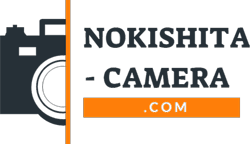
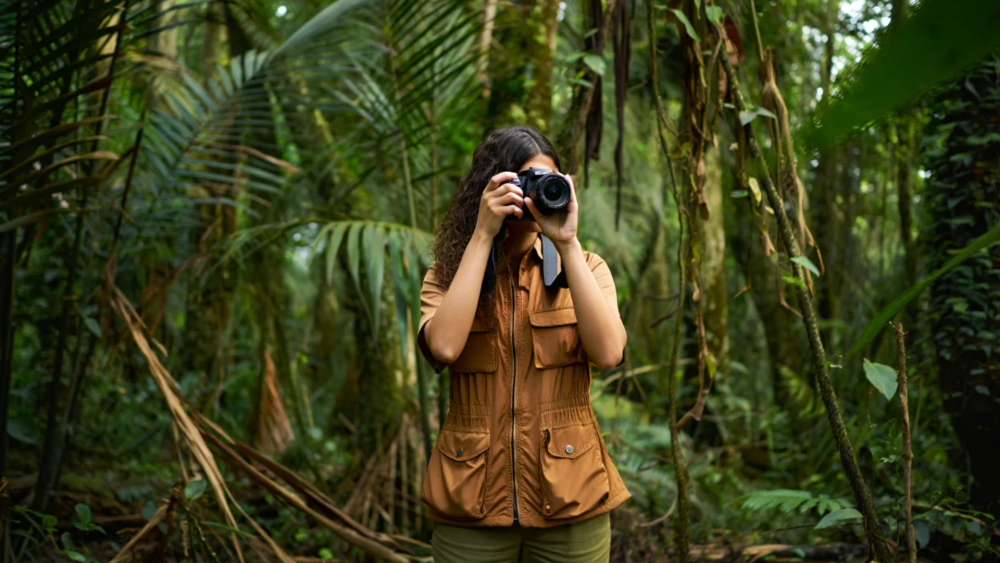
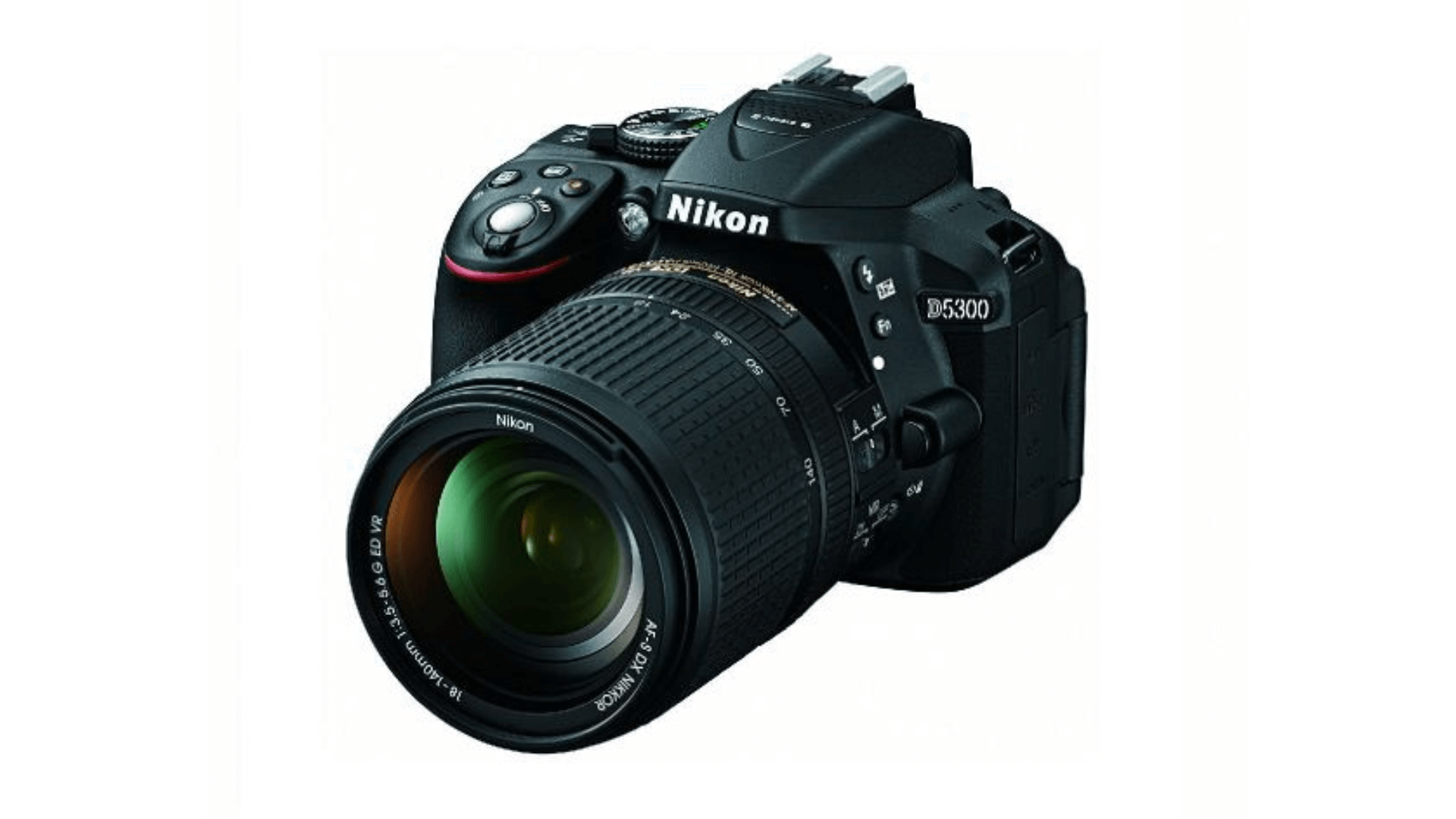

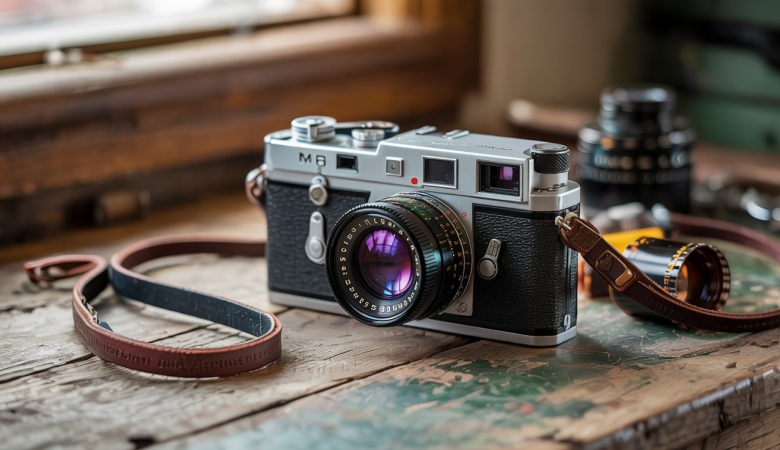
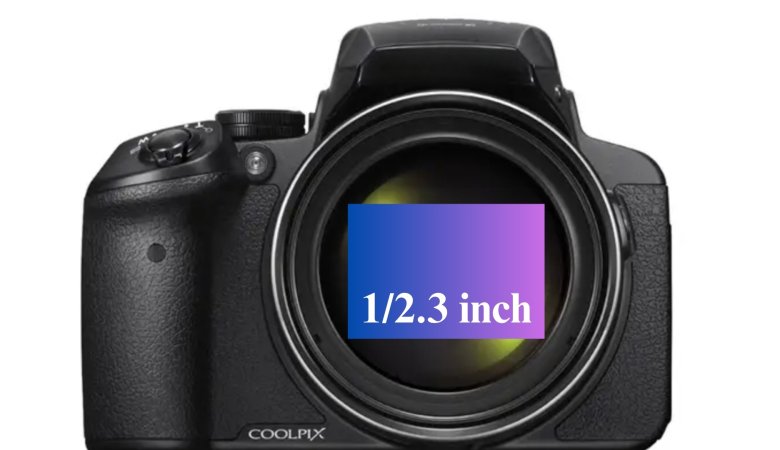
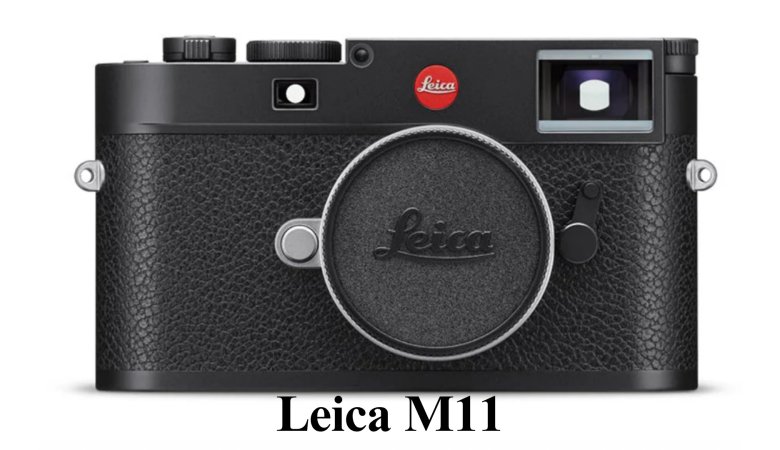

Leave a Reply